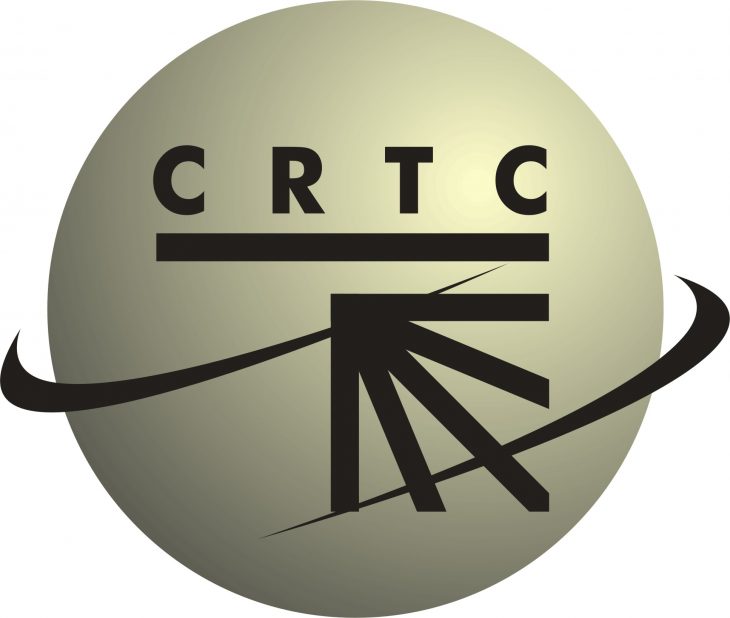
Bell wanted connecting links and line-sharing service included
GATINEAU — The CRTC announced Tuesday it has denied an application from Bell Canada to expand previous regulatory policy determinations regarding the unbundled local loop framework and the rates for certain wholesale legacy services.
In its Telecom Regulatory Policy 2015-326 issued in July 2015, the Commission made a number of determinations regarding the regulatory framework for wholesale wireline services, including wholesale legacy services. Specifically, the CRTC determined that the provision of unbundled local loops (ULLs) would no longer be mandated and would be phased out, and that the rates for certain wholesale legacy services provided by the incumbent carriers would be frozen at existing rate levels.
Following the CRTC’s policy issuance in July 2015, Bell Canada filed an application in November to request that the Commission expand the ULL framework to include ULL connecting links and line-sharing service. Bell also requested that the rates for three wholesale services be frozen at existing rates, as the CRTC had done for certain other wholesale legacy services. The three wholesale services specified in Bell’s application were: dry loops provided in support of legacy Gateway Access Service and High-Speed Access service; DS-1 connecting links; and CDN (competitor digital network) DS-1 Central Office links.
In its application, Bell argued that the services it specified are functionally or technologically similar to the services for which the CRTC issued determinations in Telecom Regulatory Policy 2015-326. Based on their similarity, some of the requested services are subject to the same market dynamics as the services identified in the Commission’s 2015-326 regulatory policy, Bell argued in its application.
The Commission received interventions regarding Bell Canada’s application from Allstream, Canadian Network Operators Consortium (CNOC), Managed Network Systems Inc. (MNSi), Public Interest Advocacy Centre (PIAC), Telus Communications and Vaxination Informatique.
Telus supported Bell Canada’s requests, arguing the requested services were similar to the relevant services identified in the CRTC 2015-326 regulatory policy, and also requested similar treatment for its comparable services.
However, CNOC and MNSi submitted that the relief requested by Bell Canada should not be granted by the Commission due to the absence of supporting evidence demonstrating such relief was warranted and appropriate under the Essentiality Test. CNOC submitted that it would be a mistake to assume all services provided over copper are in the same product market and subject to the same market conditions.
In its intervention, Vaxination submitted that, if Bell Canada provided evidence that ULL connecting links and line-sharing service are integral and exclusive to ULLs, it would not object to those services being treated in the same manner as ULLs.
In reply, Bell Canada argued that the interveners had not provided any evidence invalidating its submission that ULL connecting links, line-sharing service and ULLs are intrinsically connected. Bell concluded that the CRTC should grant its proposed relief and determine the requested services should be treated identically from a regulatory perspective.
In its Telecom Decision CRTC 2016-306 issued on Tuesday, the CRTC stated the onus is on the applicant, in this case Bell, to provide sufficient evidence to justify the relief it is seeking, and Bell Canada has not provided persuasive evidence in its application and final reply to support its requests, in the Commission’s view.
“The record of this proceeding does not provide sufficient evidence for the Commission to change the regulatory status quo based merely on Bell Canada’s assertion that the services in question are similar,” the CRTC wrote in its decision, denying Bell Canada’s application.



